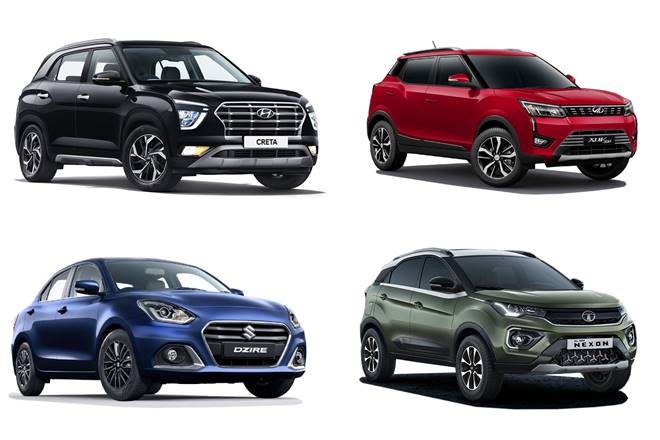Volumes of auto OEMs (original equipment manufacturer) are expected to dip to decadal lows in FY21, while recovery is expected in FY22 as consumer sentiment and GDP improves, says Crisil. As buyers become cautious and less prone to taking loans, replacement of vehicles is likely to be postponed, impacting sales of passenger vehicles (PV) and commercial vehicles (CV). PV retail sales are most vulnerable – since major buying regions have high Covid-19 case load. Also, urban income sentiments are muted, though some respite is coming from the rural market providing cushion to tractor and two-wheeler sales.
It is expected that the component revenue growth will decline 16% in FY21 versus 11% in FY20 with all segments impacted. However, 22% growth is expected in FY22. The OEM segment which forms 62% of component sales will witness sharp de-growth for second year in a row in FY21, while CV segment will lead recovery in FY22. Exports, that form 20% of component sales will show sharp contraction with around 50% exports to countries deeply impacted by the pandemic. However, recovery in FY22 will be supported by OEMs and replacement demand in key markets. Also, replacement market is expected to register de-growth due to lower vehicle movement, while the demand could stabilise in FY22.
As regards profitability, operating profitability is expected to moderate by about 200-250 basis points resulting in around 30-35% Ebitda (earnings before interest, tax, depreciation and amortisation) drop in FY21. Players with segmental concentration, especially to CVs, may face higher credit pressure. However, credit pressures is seen abating over medium term as demand rebounds. According to Crisil, auto industry’s capacity utilisation would plunge below 50% from about 58%. India’s automobile industry is headed for another year of double-digit sales decline this fiscal, given the extended lockdown to contain the Covid-19 pandemic.
Overall sales volume would plunge to multi-year lows, with sales of PVs and CVs reaching fiscal 2010 levels. According to the ratings and research firm, what started as a supply-side pain has engulfed the demand side too, with job-loss and pay-cut fears dampening consumer sentiment. Hetal Gandhi, director, Crisil Research said, “Automobile sales are running out of steam as urban income sentiment wilts under the pandemic. We assessed around 26,000 companies that have a total employee cost of `7 lakh crore. It indicates that over 60% of this cost resides in companies that are expected to see a sharp reduction in revenue growth, and where employees are a meaningful cost head. This is expected to lead to higher risk of job losses or pay cuts.”
